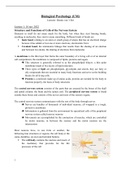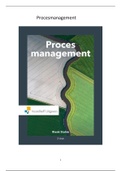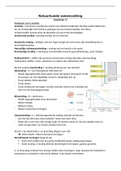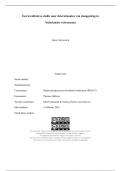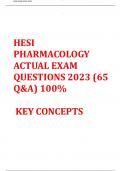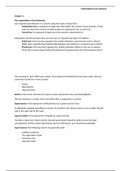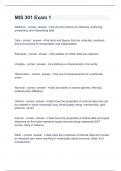Class notes
Comprehensive College Notes on Biological Psychology (UM)
- Course
- Institution
Comprehensive lecture notes on the course Evolutionary Psychology (2022/2023) written in English. Examples and images are used to make the text/concepts clearer.
[Show more]
